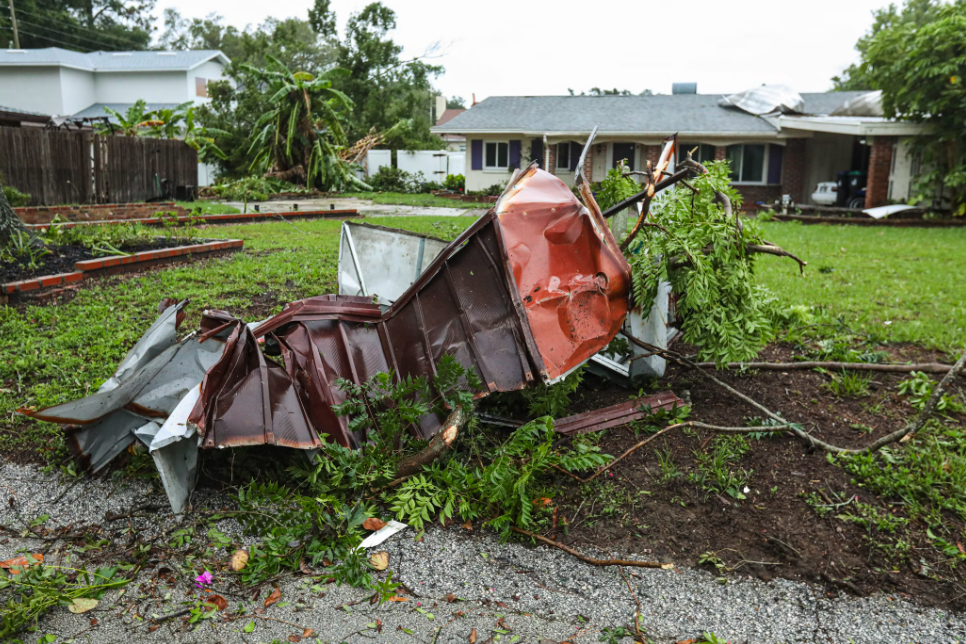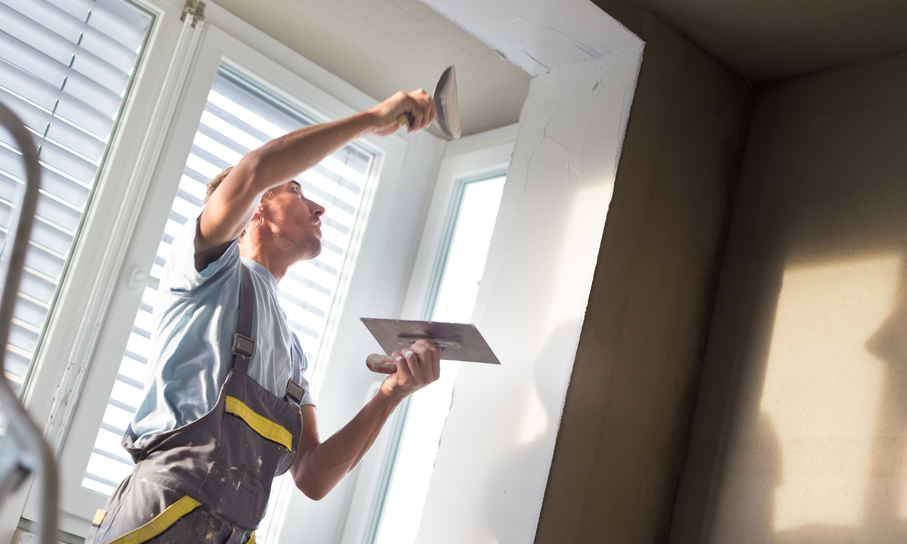How to Prepare Your Home for Hurricanes

When hurricane season arrives, preparation can mean the difference between manageable damage and catastrophic loss. Protecting your home and family is crucial, as hurricanes bring powerful winds, flooding, and even tornadoes.

This blog will guide you through essential steps to safeguard your home and loved ones before a hurricane strikes. From understanding the risks to creating a thorough emergency plan, you’ll have the tools to weather the storm safely.
Understanding Hurricane Risks
To prepare for hurricanes, the first step is to understand the risks they pose. These natural disasters are often accompanied by:
- Strong Winds: Speeds can exceed 150 mph, damaging roofs, power lines, and trees.
- Storm Surges: The deadly rise in ocean water can lead to severe flooding in coastal areas.
- Heavy Rainfall: Hurricanes often bring torrential rain, causing flash floods and landslides.
- Tornadoes: Hurricanes sometimes spawn tornadoes, adding an extra layer of danger.
Stay informed by monitoring weather forecasts and hurricane updates from trusted sources like the National Hurricane Center. Understand that hurricanes vary in severity, and their impact could be different based on your location.
Determine Your Risk Level
Certain areas are more vulnerable than others. If you live in a coastal region or a low-lying area, your home is at higher risk. Make sure you’re aware of local flood zones, evacuation routes, and community shelter locations.
Securing Your Home’s Exterior
The exterior of your home forms the first line of defense against hurricane damage. Start from the outside and focus on these areas:
Reinforce Doors and Windows
- Install Storm Shutters: Protect glass doors and windows with professionally made storm shutters or improvise with sturdy plywood sheets.
- Upgrade Garage Doors: Invest in a wind-rated garage door to prevent it from collapsing during strong gusts.
Clear Outdoor Areas
- Remove Potential Projectiles: Secure or bring inside items like patio furniture, trash cans, and garden equipment that can become dangerous in strong winds.
- Trim Trees: Cut back dead or overhanging branches to reduce the likelihood of them falling on your home.
Inspect Your Roof
Ensure your roof is in peak condition by looking for loose shingles or tiles and sealing any leaks. Consider hurricane straps or clips to reinforce your roof against high winds.
Protecting Your Home’s Interior
While fortifying your home’s exterior is crucial, protecting the interior is equally important.
Elevate Valuables and Electronics
- Move valuable items and electronics to higher levels to avoid water damage in case of flooding.
Waterproof and Seal
- Use waterproof materials to protect areas prone to water leakage, like your basement and windows.
Keep Important Documents Safe
- Store essential documents like passports, birth certificates, and insurance policies in a waterproof and fireproof container.
Turn Off Utilities
- Know how to quickly turn off gas, electricity, and water supplies if authorities recommend doing so.
Creating a Hurricane Preparedness Kit
Preparation isn’t complete without a ready-to-grab emergency kit. Here’s what you’ll need:
- Water: At least one gallon per person per day for at least three days.
- Non-Perishable Food: Enough to last three days, along with a manual can opener.
- Medications and First Aid: Include prescriptions and a basic first-aid kit.
- Flashlights and Batteries: Also consider a hand-crank or solar-powered radio for updates.
- Tools: Multipurpose tools, duct tape, and gloves for urgent repairs.
- Personal Items:
- Changes of clothes
- Blankets
- Hygiene products
- Power Sources:
- Mobile phone chargers (preferably solar or portable)
- Backup power banks
- Cash:
- ATMs might not work during power outages.
Pack the essentials in a waterproof bag or box and ensure every family member knows where it is.
Developing a Family Evacuation Plan
A solid evacuation plan ensures your family knows what to do when time is of the essence.
Identify Evacuation Routes
Check your local government’s recommendations for safe evacuation routes. Familiarize yourself with alternate roads in case the primary ones are blocked.
Designate a Meeting Point
Pick a safe location where your family can reunite after evacuation. Keep a list of emergency contacts reachable during and after the storm.
Plan for the Whole Family
Don’t forget to consider pets, young children, and elderly family members. Have a plan for their specific needs, like food, medical supplies, and transport.
Stay Connected
Invest in a weather radio and mobile alerts to stay informed about evacuation orders. Make sure all phones are fully charged, and have backup power available.
Stay Safe and Informed During Hurricane Season
The better prepared you are, the safer you’ll be. Hurricanes may be unpredictable, but taking proactive steps can significantly mitigate their impact. Fortify your home’s exterior, protect its interior, and assemble a hurricane kit. Plan your evacuation route and ensure all family members know what to do if a storm hits.
If your home has suffered damage from a hurricane, don’t hesitate to call a 24/7 emergency restoration company to ensure fast and professional repairs. Stay informed, act quickly, and protect your family.
Looking for more expert guidance on home safety or emergency preparedness? Explore our resources or reach out to our specialists today!








